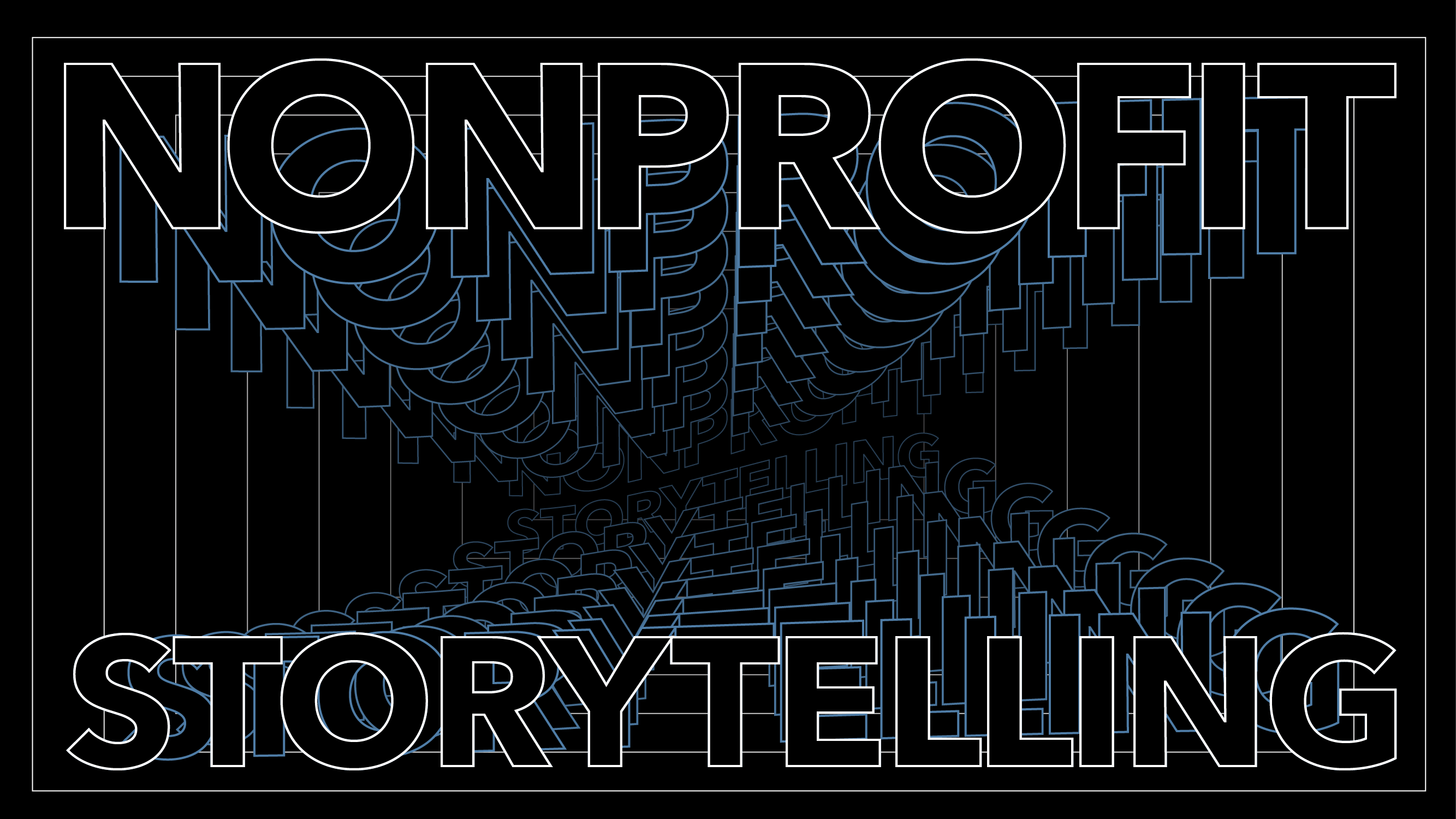Ever found yourself approaching the usual highway exit only to find it completely closed? There’s a brief, heart-stopping moment of uncertainty, now what? Circling back isn’t an option, and the only choice is to follow the detour. Most of us dread detours. They’re unfamiliar, take us through new neighborhoods, and often feel slower than the main road. But sometimes, what starts as inconvenience becomes opportunity—a chance to see things from a different perspective.
For many nonprofits, the drying up of federal funding is that closed exit ramp. Panic is normal. But what if that detour is a hidden path toward greater visibility, deeper support, and a stronger, more resilient organization?
Let’s unpack why, when the old way is blocked, taking the detour might be the smartest route of all.
When Funding Shrinks, Attention Surges
It feels counterintuitive, but tightening funds can actually shine a spotlight on the organizations that stay standing. When others go quiet—or close—those who adapt become more needed, more relevant, and instantly more visible. It’s a natural effect: urgency rises, attention sharpens, and the spotlight seeks those still doing crucial work.
Instead of freezing or wishing for the “magic grant letter,” what if this uncomfortable moment is the ideal time to connect with new supporter and to deepen existing relationships?
Practical Steps to Reroute Fundraising and Support
- Name the Pain Out Loud: Start communications with honesty. Acknowledge what’s happening. People value truth and clarity, it builds trust.
- Reframe Support as Investment: Use language that elevates donors from rescuers to partners. Share how their ongoing investment helps solve real problems, not just cover budget gaps.
- Upgrade Fundraising Tactics: Don’t abandon all tradition, but make space for new methods like newsletters, digital programs, and creative social engagement that repeats.
- Welcome New Supporters: Lower the barrier for first-timers. Give them easy ways to help—and prompt feedback so they feel the impact of their action.
None of this is easy, and it’s uncomfortable to abandon the familiar. But detours always introduce something new—sometimes possibilities that would have been otherwise missed.


